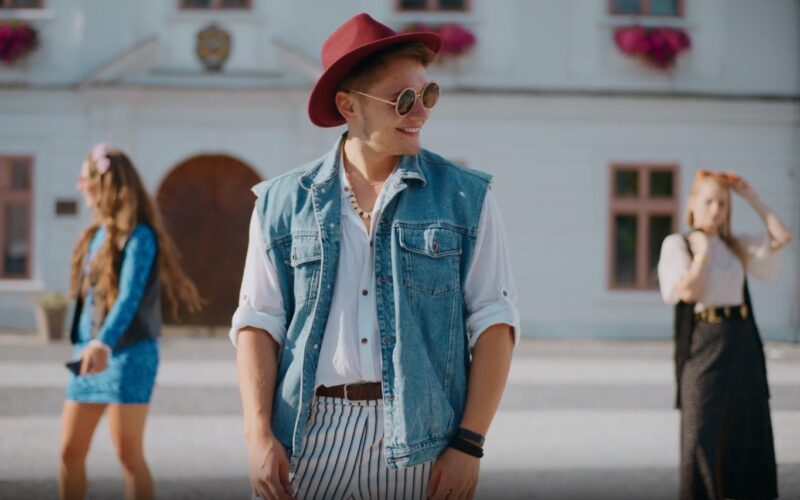Ever since I stumbled upon my grandmother’s vintage scarf collection as a child, fashion has held a special place in my heart. I remember draping those vibrant fabrics around me, each pattern telling a story of a different era. That early encounter sparked a lifelong fascination with how these trends start.
They seem to emerge out of nowhere, suddenly appearing in store windows, on runways, and in our wardrobes. As someone who eagerly follows them, I often wonder about their origins. Is it a designer’s innovative idea, a celebrity’s outfit, or perhaps a shift in cultural moods that ignites these styles?
Join me as we explore this intriguing process.
The Birth of a Trend
Fashion trends often start through a combination of cultural influences, social media, and key fashion figures.
However, the inception of a fashion trend can often be traced back to a singular, influential source. This could be a high-profile fashion show, a celebrity’s outfit choice, or a cultural event that captures public attention.
Designers play a pivotal role here, drawing inspiration from various elements like historical periods, art, music, or even socio-political movements. Their creative vision, when showcased, sets the initial groundwork for a potential trend.
Role of Fashion Icons
Celebrities and fashion icons are instrumental in catapulting a style into the limelight. When a celebrity wears a particular design, it immediately gains visibility and desirability.
This phenomenon is amplified by social media, where images and videos circulate rapidly, reaching millions of viewers in a short span.
Street Style: The Urban Influence
Street style, or fashion emerging from the grassroots, plays a crucial role in trendsetting. It represents the real-time pulse of what people are wearing in urban settings. Often, these styles are a blend of high fashion and practicality, influencing designers and mainstream fashion houses.
How Does It Evolve?
Once a style begins to gain traction, designers and labels start incorporating these elements into their collections. They often modify and adapt the original design, making it more accessible and wearable for a broader audience.
This phase is critical as it determines whether a trend will remain niche or become mainstream.
The Role of Fashion Weeks
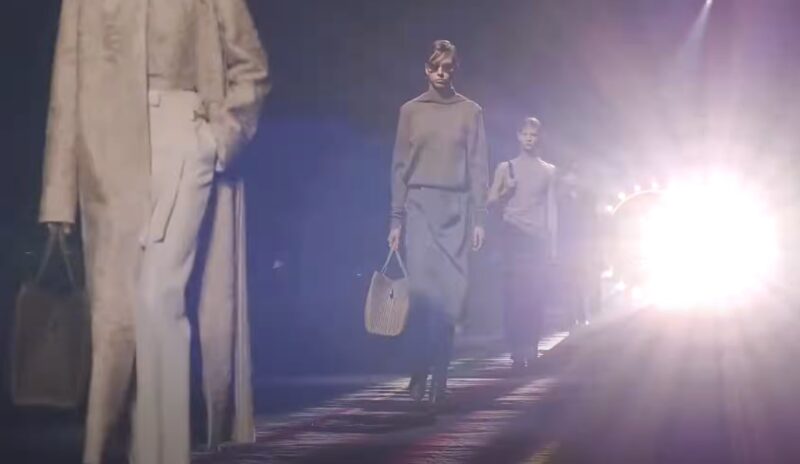
Fashion weeks around the world are showcases where trends are born and nurtured. They act as platforms for designers to present their interpretations of current styles, influencing buyers, retailers, and ultimately, consumers.
The media coverage and critique that follow further shape public opinion and acceptance of these trends.
High Fashion vs. Streetwear
The interplay between these two is a dynamic aspect of trend evolution. High fashion often takes cues from streetwear, incorporating elements into luxury designs.
Conversely, streetwear brands might elevate their products by drawing inspiration from high-end fashion, thus blurring the lines between luxury and casual.
The Adoption Process
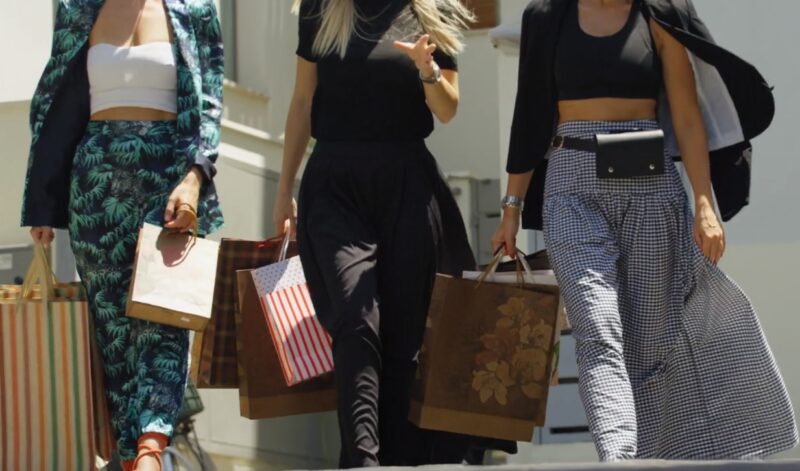
Media and Social Media Impact: Media, especially social media, plays a crucial role in the rapid spread of trends. Platforms like Instagram, TikTok, and Pinterest act as accelerators, where influencers and bloggers showcase how to style and wear these trends in everyday life.
Retail Adoption: Retailers are quick to pick up on emerging trends, offering similar styles at various price points. This accessibility enables a wider audience to partake in the trend, further cementing its status in the fashion world.
Consumer Adoption and Adaptation: Finally, consumers play the most crucial role in the life cycle of a trend. Their adoption and adaptation of these styles in their daily wardrobe choices keep the trend alive and relevant. Consumer preferences and feedback can also lead to the evolution or demise of a trend.
Is It All Just About the Appearance?
Fashion trends are not just about aesthetics; they’re deeply rooted in the social and emotional landscape of society. They often reflect the prevailing mood or the collective aspirations of a time. For instance, the rise in comfortable, athleisure wear can be linked to an increased focus on health and wellness.
Identity and Self-expression
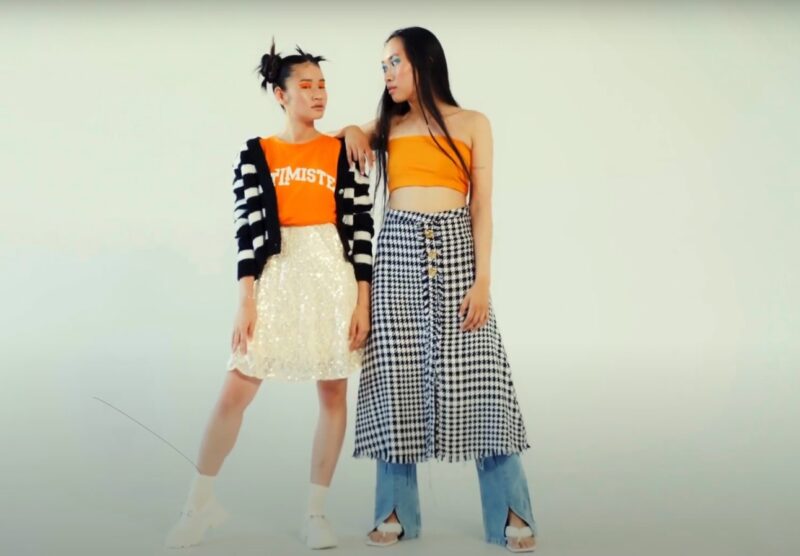
Fashion allows individuals to express their identity and personality. The adoption of a trend can be a way for individuals to align themselves with certain values, cultures, or communities.
It’s a form of non-verbal communication that speaks volumes about a person’s preferences and beliefs.
The Bandwagon Effect
The bandwagon effect plays a significant role in the spread of these trends. As more people start wearing a particular style, it gains social acceptance, prompting others to follow suit.
This psychological phenomenon is amplified by social media, where the visibility of a trend can lead to rapid widespread adoption.
How Rapid is the Decline?
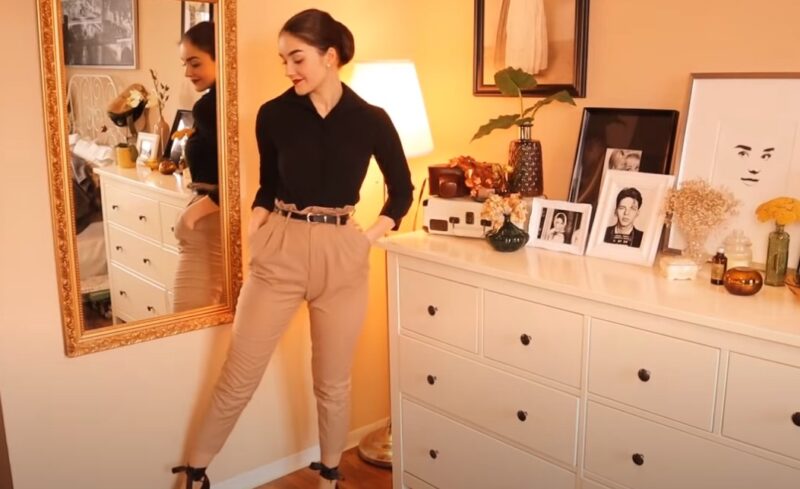
The lifespan of a fashion trend can vary greatly and is influenced by several factors. Generally, these can be categorized into three types based on their duration:
| Trend Type | Lifespan | Characteristics |
|---|---|---|
| Micro-Trends | Short (a season to months) |
|
| Macro-Trends | Medium (1 to several years) |
|
| Classic Trends | Long (years to decades) |
|
The speed at which a trend fades also depends on factors such as:
- Market Saturation: When a trend becomes too common, it loses its appeal, leading to a faster decline.
- Cultural and Economic Shifts: Changes in societal values or economic conditions can hasten the end of a trend.
- Technological Advancements: New technologies in manufacturing and design can introduce new trends while phasing out older ones.
- Media and Influencer Impact: The media and influencers play a significant role in promoting and demoting trends. If they quickly move on to new styles, the previous trends fade faster.
FAQs
How do economic factors influence fashion trends?
Economic conditions play a significant role in shaping trends. In times of economic prosperity, there’s often a surge in luxury and avant-garde styles as consumers are more willing to invest in high-end fashion.
Conversely, during economic downturns, practical and durable fashion, like minimalist or classic styles, becomes more popular as people seek better value for their spending.
Can political events influence fashion trends?
Yes, and these influences can be profound. For example, political movements advocating for gender equality or environmental issues can inspire designers to create collections that reflect these themes, such as gender-neutral clothing or eco-friendly fabrics.
How do generational shifts affect fashion trends?
Different generations often have distinct preferences, influenced by the cultural and social environment they grew up in. For instance, Millennials and Gen Z are known for their preference for authenticity and sustainability, which has led to the popularity of vintage and thrift styles.
How do global events like pandemics influence fashion trends?
Global events can be crucial. The COVID-19 pandemic, for instance, led to an increased demand for comfortable, home-friendly attire like loungewear and athleisure, as more people spent time at home.
Is there a difference in how fashion trends spread globally versus locally?
Yes, there’s a significant difference. Globally, these are often disseminated through international media, celebrities, and fashion shows, and tend to be more homogenized.
Locally, trends are more influenced by regional cultures, climates, and social norms, leading to a greater diversity in styles and preferences.
Final Thoughts
Fashion trends are a complex blend of cultural, social, and psychological factors. They are influenced by a myriad of elements, from high fashion and street style to celebrity influence and social media.
However, feel free to experiment with it and find a trend that suits you the best. After all, the beauty of fashion is in its versatility.
